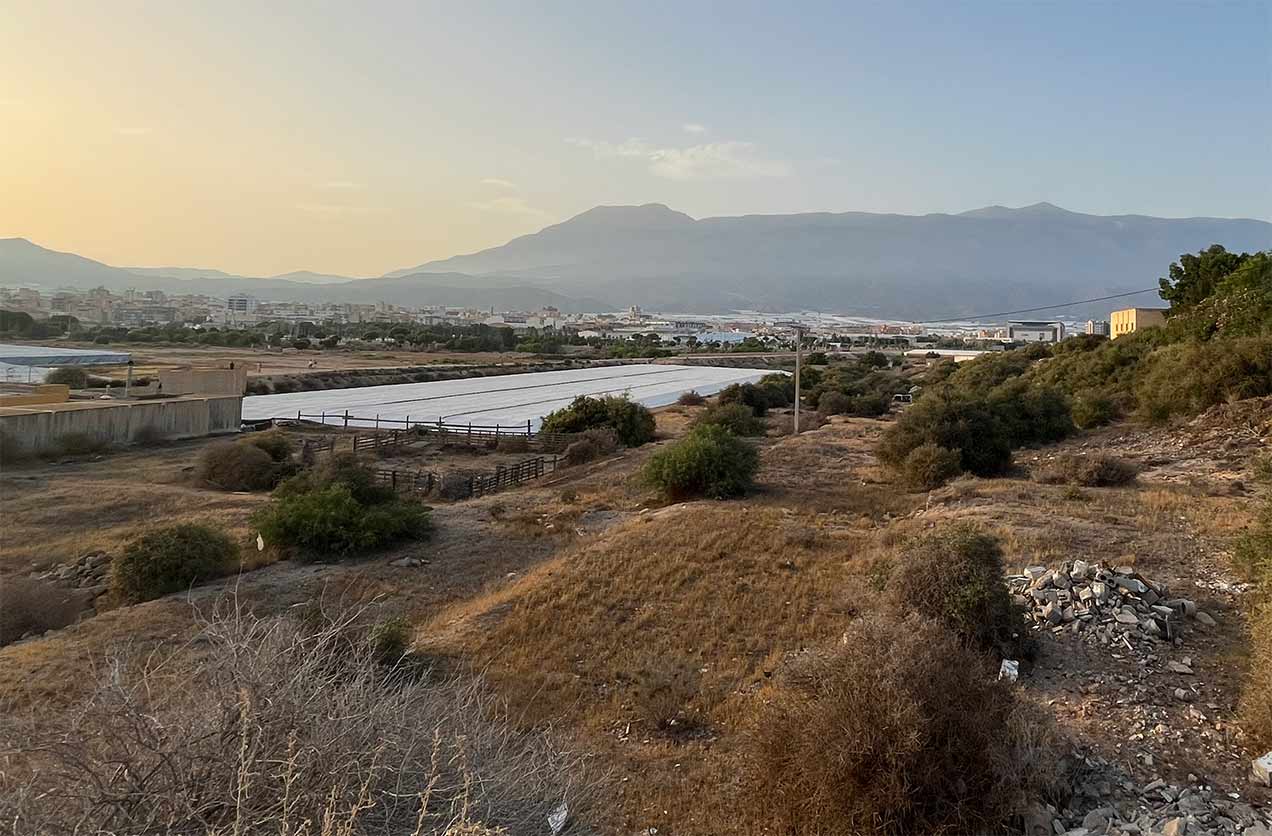Ana Navas-Acien, M.D., Ph.D., grew up in a desert-like area of Spain called Almeria where drinking water was scarce. For years, her parents relied on a rainwater collection system called an aljibe for drinking and cooking. These early experiences planted a seed.
Today, Navas-Acien is a physician-epidemiologist leading research efforts to improve drinking water quality in American Indian communities. During a Nov. 2 Keystone Science Lecture at NIEHS, Navas-Acien shared studies linking arsenic exposure in these communities with increased risk of cardiovascular disease. She is also a senior author on a recent study showing reduced levels of another metal — lead — was linked to lower blood pressure in American Indians. High blood pressure is the most common risk factor for heart disease.
Environmental Factor recently spoke with Navas-Acien to learn more about her journey to uncover the health effects of metals, how she’s overcome career setbacks, and the interdisciplinary nature of environmental health.

EF: How did you become interested in environmental health research?
Navas-Acien: During my residency in preventive medicine at the National Centre of Epidemiology in Madrid, Spain, I became interested in environmental risk factors that we can fix at the community level. I learned about risk prevention for cardiovascular disease, which was very focused on lifestyle. But when I joined Johns Hopkins University as a Ph.D. student, I had the opportunity to look at environmental factors influencing cardiovascular disease with my advisors, Eliseo Guallar, M.D., and Ellen Silbergeld, Ph.D. We started working on a project focused on lead using data from NHANES [National Health and Nutrition Examination Survey], and I became trapped by metals.
EF: What should the average person know about metal exposures as risk factors for disease?
Navas-Acien: It’s important to recognize that exposure to metal is widespread in the environment. It's in the water we drink, the air we breathe, and the food we eat. Some of these metals are essential — we need them for normal functioning. Other metals are toxic and interfere with pathways of normal physiology, providing opportunities for disease development.
We have known for a long time that some metals cause cancer, but the role they play in the development of other diseases was unclear until recently. Last year, the American Heart Association released a scientific statement recognizing arsenic, cadmium, and lead as contaminant metals that are risk factors for cardiovascular disease [see sidebar]. The fact that this is now considered established knowledge with firm evidence is one of my biggest personal satisfactions.
EF: What advice do you have for people who may encounter setbacks during their career?
Navas-Acien: Setbacks, such as not getting a grant renewed or funded, are hard. I would recommend people who have received a no to mourn a little bit, but to not be sad for too long or lose your energy in that frustration. Ask yourself, ‘How can I re-strategize? What do I really care about, and what is the most important science that I really want to advance?’
Keep looking for the best way to proceed. By doing that, something good will come through, and you might be glad it didn't happen in the way you wanted initially because plan C may be so much better than plan A.
EF: What do you most enjoy about working in an environmental health sciences department?
Navas-Acien: It is a dream for anybody interested in addressing today’s complex problems in society. You have people who care about similar issues, but each of them brings a very different perspective. There are toxicologists, epidemiologists, molecular scientists, engineers, and people who focus on policy and implementation. We are all working under the same umbrella, interacting every day, and working with communities. The opportunity to work with so many different types of individuals has really made my science so much better.
EF: What are you excited to explore in the future?
Navas-Acien: I've become really interested in better understanding the connection between metals, including essential metals, and brain health, especially cognitive- and dementia-related outcomes. I want to continue to move science into action, so that it reaches policymakers and influences clinical guidelines, educational interventions, and public health programs.

(Lindsay Key is a contract writer for the NIEHS Office of Communications and Public Liaison.)









